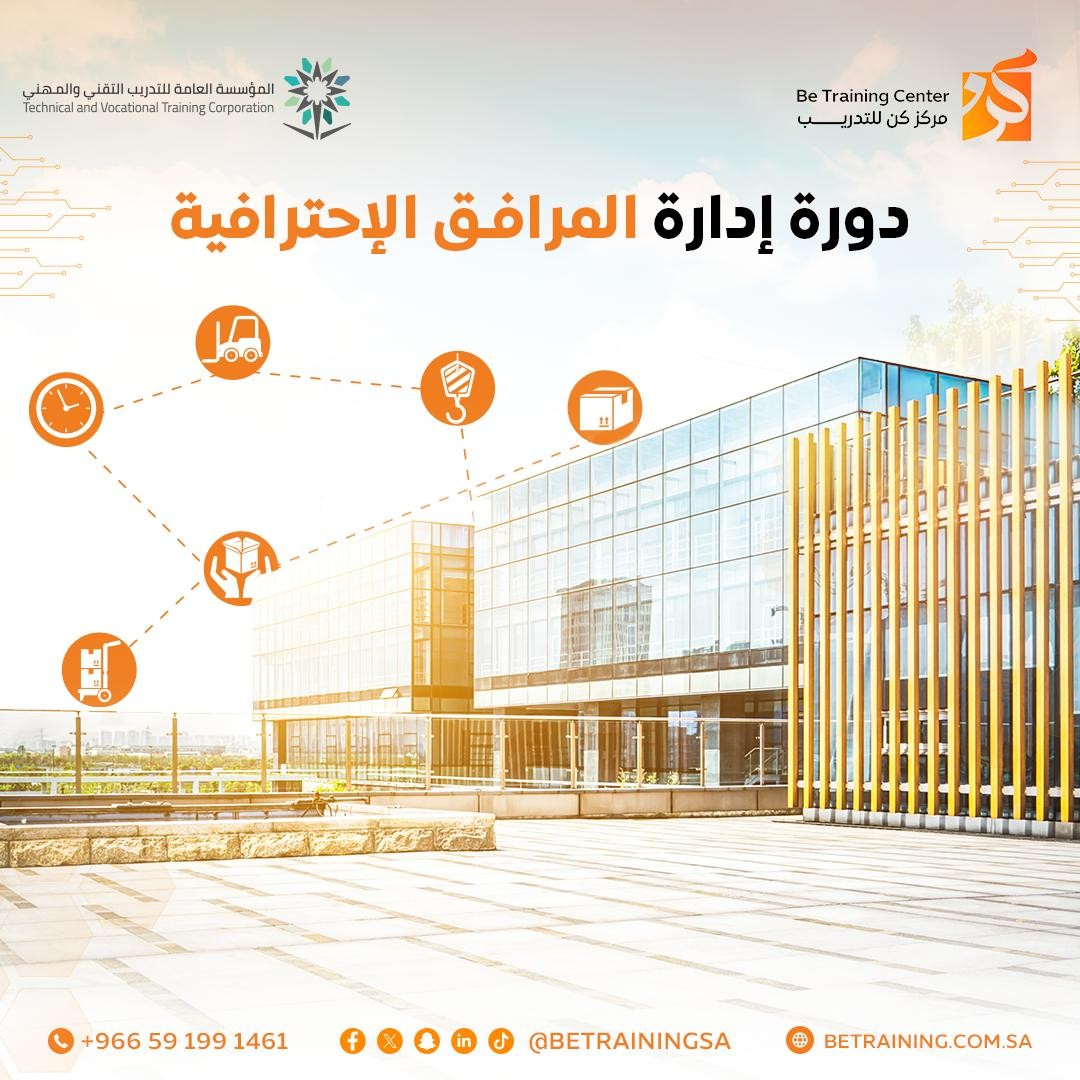
-
Course title strategic planning
-
Overall time 10 Hour
-
Overall days 3 Day
-
Course type
- Online
- Offline
About course
This training program aims to equip participants with the knowledge and skills necessary to develop and implement effective strategic plans. The program helps in understanding the importance of strategic planning in achieving long-term goals, and provides practical tools for analyzing the internal and external environment, setting strategic priorities, and implementing successful strategies at the institutional level. The program revolves around enhancing strategic thinking and making informed decisions that support institutional success.
Objectives:
1. Introducing participants to the concept of strategic planning and its importance in business.
2. Enhance the ability to analyze the organization’s internal and external environment.
3. Enabling participants to define strategic goals and set priorities.
4. Apply strategic tools and models in developing executive plans.
5. Enhancing the ability to adapt to changes and challenges in the institutional environment.
Outputs:
Upon completion of the programme, participants will be able to:
1. Understand and apply the principles of strategic planning in the business environment.
2. Analyze and evaluate the internal and external factors that affect institutions.
3. Establish a clear vision and mission for the organization, and set solid strategic goals.
4. Use tools such as SWOT and PESTLE analysis to develop successful strategies.
5. Implement and monitor strategic performance to ensure goals are achieved.
Topics:
1. Introduction to strategic planning:
2. Definition of strategic planning and its importance in organizations.
3. Principles of successful strategic planning.
4. Strategic planning cycle (vision, mission, values).
5. Analysis of the internal and external environment:
6. Strategic analysis tools (SWOT, PESTLE).
7. Assess opportunities and threats in the external environment.
8. Analyze the organization’s internal strengths and weaknesses.
9. Setting strategic objectives:
10. Determine long-term and short-term goals.
11. Strategies for achieving goals and how to measure performance.
12. Setting priorities and designing strategic road maps.
13. Developing executive strategies:
14. Use strategic models to guide performance (GAP analysis, Quadrant model).
15. Linking strategic objectives to operational plans.
16. Distribute roles and tasks to achieve goals.
17. Implementing and monitoring strategic performance:
18. Mechanisms for following up on the implementation of strategic plans.
19. Performance measurement and continuous evaluation.
20. Risk management and adaptation to changes.
21. Practical case studies:
22. Analysis of successful strategies from real institutions.
23. Review the strategic challenges and how to overcome them.
24. Review and evaluate participants’ strategic plans.
Outputs:Duration:
- 3 days - 10 hours
Related courses
Offline 1150
Online 1150
Offline 1150
Online 1150
Offline 1150
Online 1150
Offline 575
Online 575
Offline 1150
Online 1150
Offline 1150
Online 1150
Offline 6000
Online 6000
Offline 1150
Online 1150
Offline Free Course
Online Free Course
Offline Free Course
Online Free Course
Offline 2000
Online 2000
Offline 2500
Offline 1150
Offline 300


















































